Balanced shoulderstand practice
by Olga Kabel
January 14, 2014
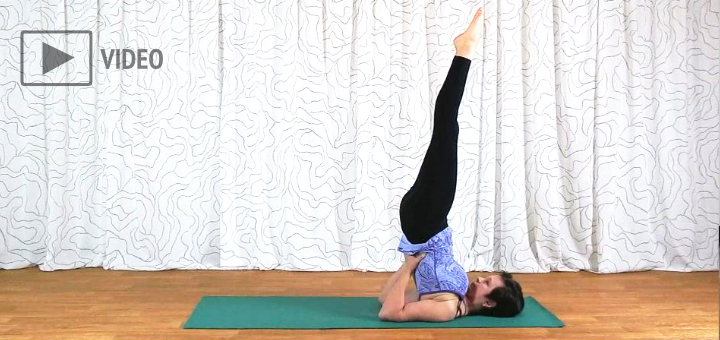
Reverse the downward pull of gravity, strengthen your spinal musculature, and build better integration between different parts of the body with this Shoulderstand practice. Contraindications include disc problems, high blood pressure, glaucoma, sinus blockage, obesity, and general weakness in the upper back/shoulders/neck. You can skip the Shoulderstand if it feels like you are not quite ready.

Do you want to understand how to build a practice for more challenging postures? Sequence Wiz members have access to Pose Recipes that show you the areas of the body that need to be prepared, potential preparation and compensation poses, any additional elements that might be useful, and a sample practice that includes the pose.

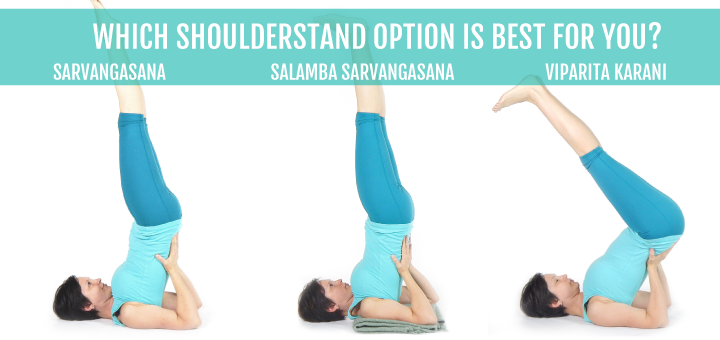

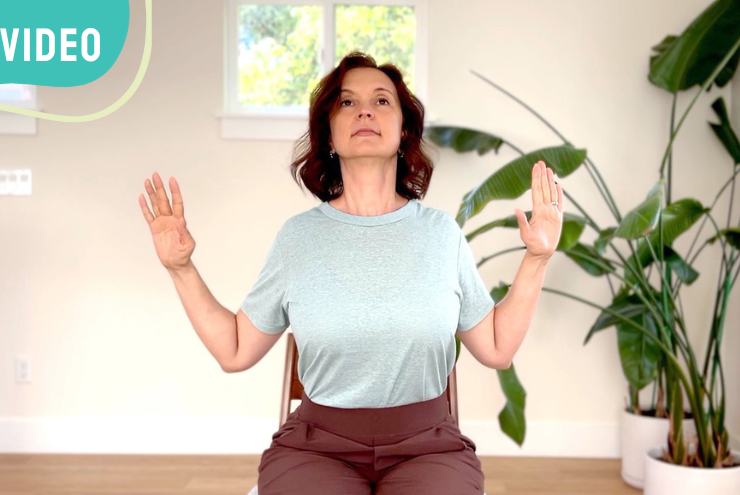
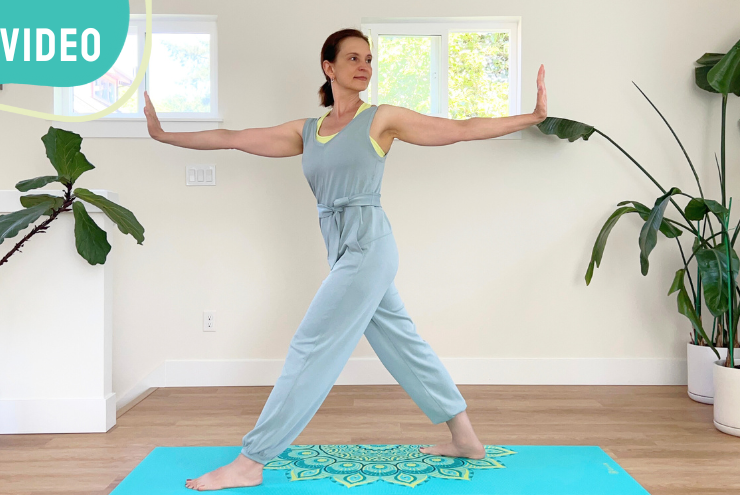
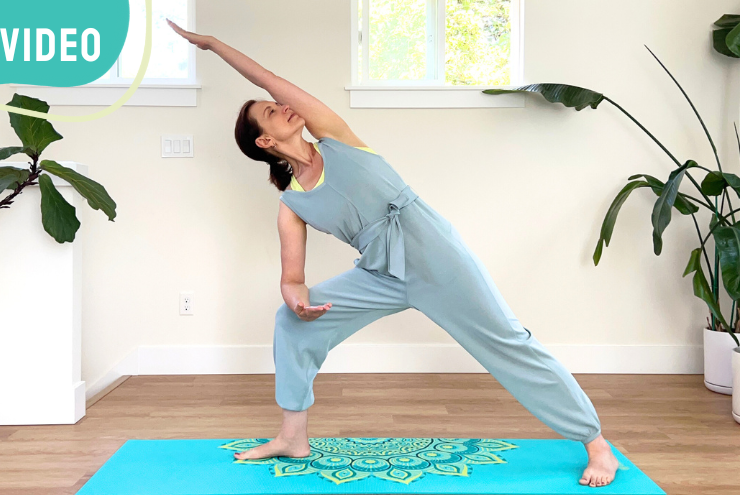



I just did this practice (with a very brief shoulder stand, then resting, then joined back in). It felt like a strong class and an alternative to surya namaskar for strengthening the shoulders and back and unraveling neck tension. Thank you!
Hi Debbie; glad to hear that it worked for you! It is meant to be strengthening for the neck and upper back, after all we put a huge load on them in the Shoulderstand. I never understand how Shoulderstand can be treated as a resting or unwind-type posture – it is very strong! And you are totally right – this practice can work with Shoulderstand or without, just a slightly different effect. Thank you for trying out my practices!
Thank you Olga I thoroughly enjoyed this practise. The preparation poses to shoulderstand and winding down poses makes all the difference to creating a balanced practise.
Great! Thank you Eileen. I agree – proper preparation and compensation make all the difference!
hello olgaji
any chance of a written sequence to accompany video
best
How to I sequence a class for pigeon?
If you could help me please
During shoulderstand, is your neck flat against the floor or are you attempting to maintain cervical lordosis? I question this because the weight of the body on the delicate cervical vertebrae and the risk of straining the cervical spine ligaments is increased.
Hi Lisa! Yes, during the shoulderstand the back of the neck is elongated and it is pretty much flat against the floor. I absolutely agree with you – it puts a lot of stress on the ligaments of the cervical spine (and neck muscles). That’s why this pose requires a lot of preparation and compensation – we cannot just toss it in on a whim. We can also swap the shoulderstand for Viparita Karani instead. But in general, to be honest with you, I rarely if ever practice and teach this pose anymore – there are so many risks involved.
I don’t teach or practice the full version. I suggest referencing Dr. Ginger Garner from Professional Yoga Therapy and her book Medical Therapeutic Yoga for the rationale behind not teaching full weight bearing shoulder or head stands.